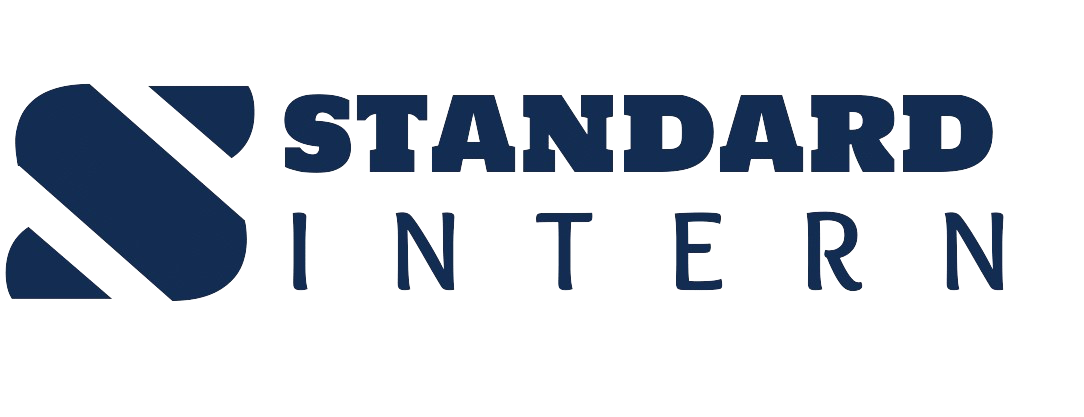
In the era of Artificial Intelligence (AI), the relationship between technology and human capital is undergoing a profound transformation. Far from replacing human workers, AI has the potential to empower them, unlocking new levels of productivity, creativity, and innovation in the workplace. In this blog, we explore the intersection of AI and employee empowerment.
Unlocking Human Potential with AI: Contrary to popular misconceptions, AI is not a threat to human jobs but a catalyst for unlocking human potential. By automating routine tasks, augmenting decision-making processes, and providing valuable insights, AI liberates employees from mundane responsibilities, allowing them to focus on higher-value activities that require human judgment, creativity, and emotional intelligence.
Personalized Learning and Development: One of the most significant ways AI empowers employees is through personalized learning and development initiatives. AI-powered platforms can analyze employee skills, preferences, and performance data to recommend tailored training programs, learning resources, and development opportunities that align with individual goals and aspirations, enabling employees to continuously upskill and grow in their careers.
Augmented Decision-Making: AI augments employee decision-making by synthesizing vast amounts of data, identifying patterns and trends, and providing actionable insights in real-time. Whether it's optimizing supply chain operations, forecasting sales trends, or personalizing customer experiences, AI equips employees with the information and tools they need to make informed decisions quickly and effectively, driving better business outcomes.
Enhanced Collaboration and Communication: AI-powered collaboration tools facilitate seamless communication and collaboration among employees, regardless of their location or time zone. From virtual meeting assistants and chatbots to collaborative document editing and project management platforms, AI enables teams to work together more efficiently, share knowledge, and achieve common goals with greater agility and effectiveness.
Automated Task Management: AI streamlines task management by automating repetitive and time-consuming tasks, such as data entry, scheduling, and report generation. By offloading these tasks to AI-powered systems, employees can devote more time and energy to strategic thinking, problem-solving, and value-added activities that contribute to organizational success, ultimately boosting productivity and performance across the board.
Continuous Feedback and Performance Improvement: AI facilitates continuous feedback and performance improvement through real-time monitoring, analysis, and evaluation of employee performance metrics. By providing timely feedback, identifying areas for improvement, and offering personalized coaching and development opportunities, AI empowers employees to enhance their skills, address weaknesses, and achieve their full potential, driving continuous improvement and excellence in performance.
Cultural Impact: Beyond its tangible benefits, AI has a profound cultural impact on organizations, fostering a culture of empowerment, trust, and innovation. When employees feel empowered to take ownership of their work, experiment with new ideas, and contribute their unique perspectives, they become more engaged, motivated, and committed to the organization's mission and goals, creating a positive feedback loop of productivity and performance.
Conclusion: In conclusion, AI and employee empowerment are not mutually exclusive concepts but complementary forces that drive organizational success in the digital age. By leveraging AI to enhance productivity, foster collaboration, and facilitate continuous learning and development, organizations can empower their employees to unleash their full potential, achieve higher levels of performance, and drive sustainable growth and innovation. As AI continues to evolve and permeate every aspect of the workplace, the possibilities for employee empowerment are limitless, paving the way for a future where humans and machines work together synergistically to achieve shared goals and aspirations.



